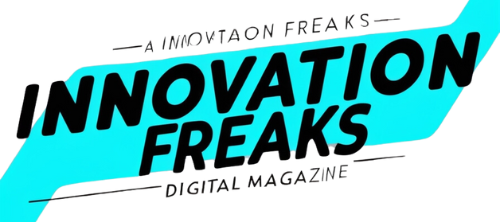3D printing has revolutionized the field of product prototyping, making it a pivotal aspect of innovation in various industries.
The Evolution of Prototyping with 3D Printing
Over the last few decades, 3D printing has transformed traditional product prototyping methods. The shift from manual labor-intensive prototypes to automated systems has streamlined the design process, enabling engineers and designers to create complex geometries with ease. This technology allows for rapid iterations, meaning products can be refined in real-time based on testing results. The reduced time-to-market is increasingly crucial in competitive industries where innovation is a key driver of success. As a result, more companies are integrating additive manufacturing into their development cycles to enhance product viability and cater to customer demands.
Cost Efficiency and Sustainability
Utilizing 3D printing in prototyping can significantly decrease costs related to material waste. Traditional manufacturing methods often require excess materials that contribute to waste management challenges. However, with additive manufacturing, products are built layer by layer, ensuring that only the necessary materials are used. This not only promotes sustainability but also helps startups and small businesses to minimize their initial investment in product development. With costs decreasing, more businesses can afford to innovate, leading to a broader array of tools and products entering the market.
Customization and Personalization
3D printing allows for unparalleled levels of customization in product design. This flexibility is essential in industries such as healthcare, where patient-specific solutions can be crafted quickly and effectively. For instance, customized prosthetics can be produced at a fraction of the time and cost compared to traditional methods. Moreover, consumer electronics companies are leveraging this technology to offer personalized products that resonate with individual preferences. The advantage of producing tailored solutions fosters a deeper connection between brands and consumers, ultimately enhancing brand loyalty.
Collaboration and Innovation
The rise of online platforms supporting 3D printing has paved the way for collaboration among designers, engineers, and manufacturers. By sharing designs and prototypes online, companies can tap into a global talent pool, encouraging innovation through collective input. Additionally, feedback loops have become more effective; prototyped products can be tested and refined based on user responses before full-scale production begins. This open approach not only accelerates the innovation cycle but also enhances product relevancy in changing markets.
The Role of Software in Prototyping
Advanced software tools are now integral to the 3D printing process. CAD software, simulation tools, and printing software enhance the prototyping phase by allowing for precise adjustments and optimizations. These technological advancements enable designers to visualize their prototypes more effectively and ascertain potential issues before materializing the product. Consequently, the integration of sophisticated software into prototyping workflows supports innovation by minimizing errors and expediting the overall development process.
Future Trends in 3D Printing and Prototyping
The future of product prototyping with 3D printing is bright, with ongoing advancements in materials and technologies. Emerging materials such as bioprinting and smart polymers are set to push the boundaries of what’s possible in prototyping. Furthermore, as industries adopt Industry 4.0 practices, the combination of 3D printing, IoT, and advanced data analytics will enable real-time prototyping adjustments based on market data and consumer behavior. This synergy is poised to make prototyping not only more efficient but also more responsive to market demands.
Disclaimer: The information provided in this article is for informational purposes only. Always consult industry experts and professionals for specific guidance.





















